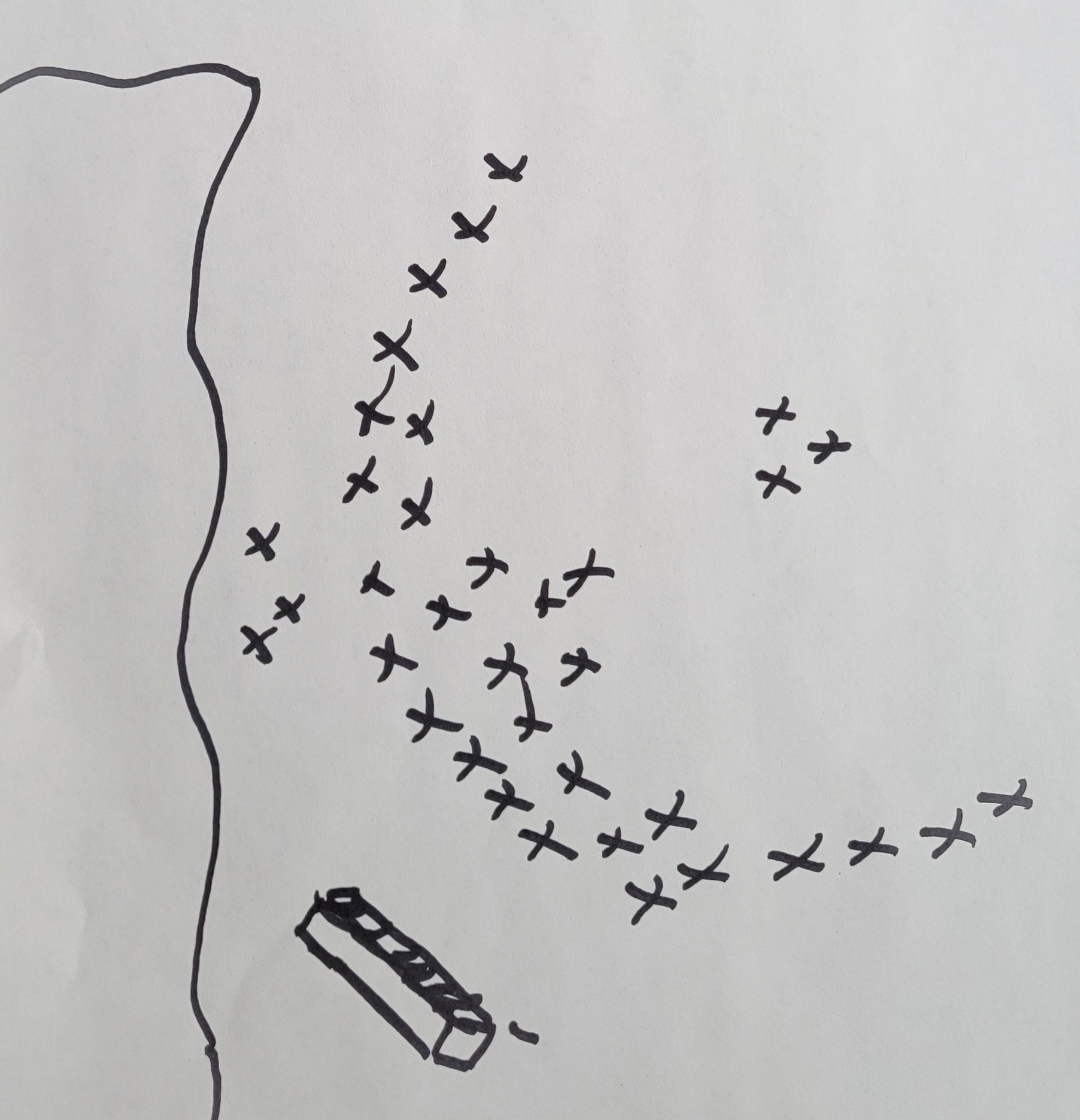Decoy and Hide
Derek Denlinger Created Outdoors Staff
It is almost time for the air to cool, leaves to change colors, and hunting seasons to open. The end of one season, sparks the beginning to another. Daniel 2:21 states “He changes times and seasons; He deposes kings and raises up others. He gives wisdom to the wise and knowledge to the discerning.” This scripture hits home for us here at Created Outdoors. As we look at everything going on politically, and the turmoil in the world. It reminds us that there is peace in our faith, prayer, scripture, and of course in our Lord’s creation, as we enjoy the beauty of the changing seasons.
Among the first hunting seasons to open, are the early goose and teal seasons. This can be a fun time to get some youth outdoors and blast some resident geese (meaning they stay year-round). With the weather being warm still, it can also be a great time to teach our young prodigies about the waterfowl migration, and maybe shoot at some teal. A lesson in missing is likely, Lord knows that I have missed more than my fair share of teal.
Early goose spreads are usually over thought by newer hunters. In most early seasons, resident geese are usually the only geese available to hunt. The migration has not started yet. Pay close attention to the geese that you see flying, on ponds, or feeding in fields. Usually there’s a few flocks together, and they are broken into family groups. This is how we like to set up, smaller spreads with groups of 3 to 7, and usually about 15 to 18 decoys for the entire spread. Larger bodies of water can call for more decoys. Here are some examples below:
Teal, whether blue wing or green wing decoy similarly. The key is having movement in your decoys. Decoys in a tighter area use a scattered 12 decoy set. Larger areas you can get away with more, up to 2 dozen. Allow a couple of open spaces for the worked birds to land within range. If you do not have access to teal decoys, use what you do have. Here are a couple of examples below:
My good friend Jimmy Galvin and inventor of the Kennel Cap, always says “The hide is the most important part.” Hunters can kill ducks and geese without decoys if they are well hidden. Taking the time to make sure your blind set up is well blended and concealed will pay dividends in your successful harvest. Here are a few options.
Natural Is Better
Where permitted, nothing beats natural cover. Building a blind with the natural brush and vegetation will blend way better than anything man made. I mean, this is God’s creation. We are not equipped to replicate his perfection. Double check that the land owner is ok with you cutting some of the brush and grasses, it isn’t worth losing a spot over. There are other more expensive options, like buying artificial grasses and twigs from your local craft store. Hobby Lobby is a great place to find good waterfowl cover.
A-Frame
The A-frame is always a great tool to have in your arsenal. They are usually fairly simple to set up, and can fit 3-5 hunters. Some can be used in the field, or on a boat. Don’t just set it up and expect results though, utilize the natural brush around your set up to assist with blending in. Most A-Frame blinds come with webbing, straps, or tubes to place sticks and brush. This will help break up the bulky blind in the field, so it doesn’t look so symmetrical like a man-made box.
Layout Blind
The lay out blind can be extremely effective. This allows you to be concealed in the middle of your decoy set. There are multiple manufacturers, and styles. The most common are a marsh, or corn stalk style camouflage pattern. Some have the ability to attach an oversized goose decoy on top to add to the attraction and cover. It is still a good idea to utilize brush and grasses to help blend in.
Dog Concealment
Kennel Cap
When hunting with a dog, it is important to remember that the dog does not always know how to control their excitement, and get anxious for their chance to retrieve. There are many blinds for dogs on the market to help conceal your dog as well. Along with the excitement, dogs do not always know their own limitations. Early season hunting poses a threat to your best hunting buddy in the form of heat exhaustion. In the later season, hypothermia poses a threat. That’s why Jimmy Galvin created the Kennel Cap. This blind has a pop-up version, and a laydown version. Like most dog blinds, it comes in a tree bark and marshland/corn stalk pattern. They also have straps that allow for adding cover, such as grasses and brush. This blind is unique though, in the fact that it allows you to fight against hypothermia and heat exhaustion. There are pockets on the inside of the blinds for placing heat packs and colling packs. This raises and drops the temperature within the blind, depending on the need of the weather situation. Controlling the environment inside of the blind allows your dog to stay afield longer, in turn allows your hunt to last longer, and saving you money as well.
We hope you enjoyed this article, and the blog for that matter. We enjoy engaging with our followers. Let us know if you implement any of the things that you have seen on the show, or read about in the blog. Share your pictures in the field with us. Remember, if you have any prayer requests, send them to the email addresses below. Until next time, God bless.
Send prayer requests to:
Evan Gersper
Created Outdoors Staff







